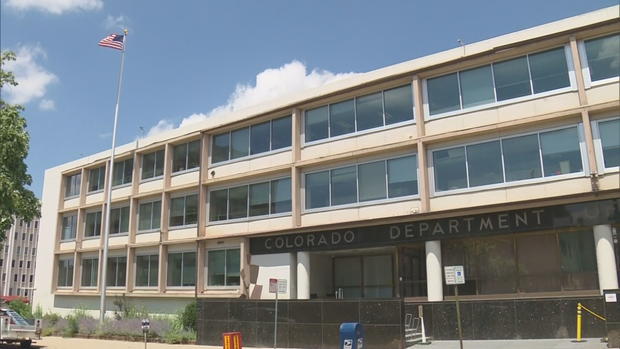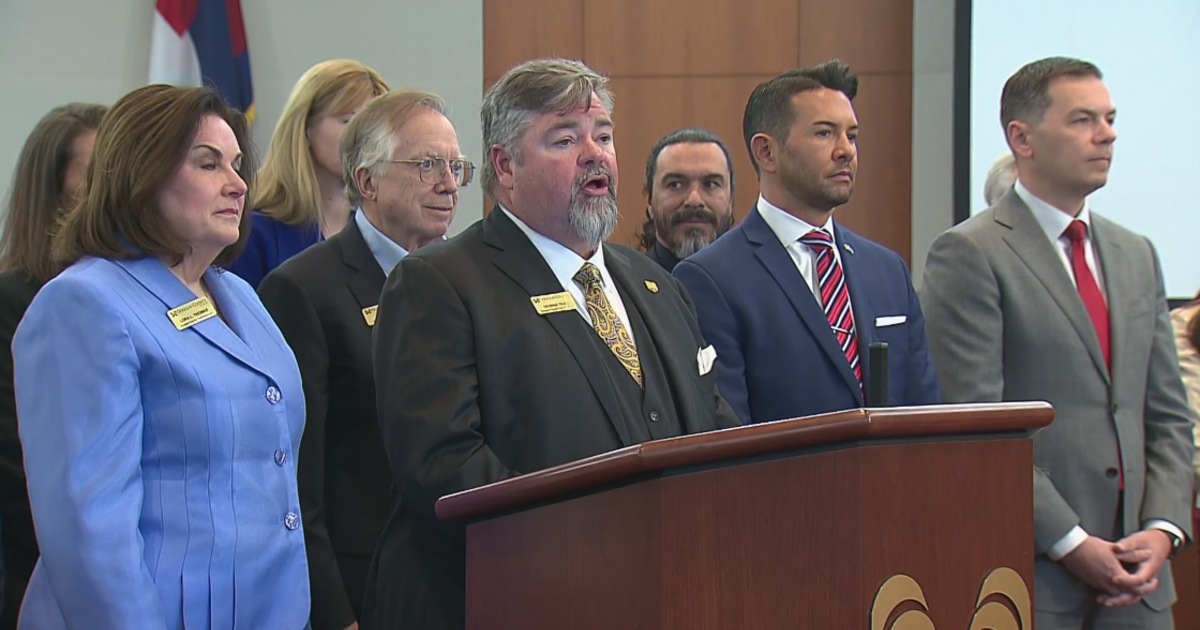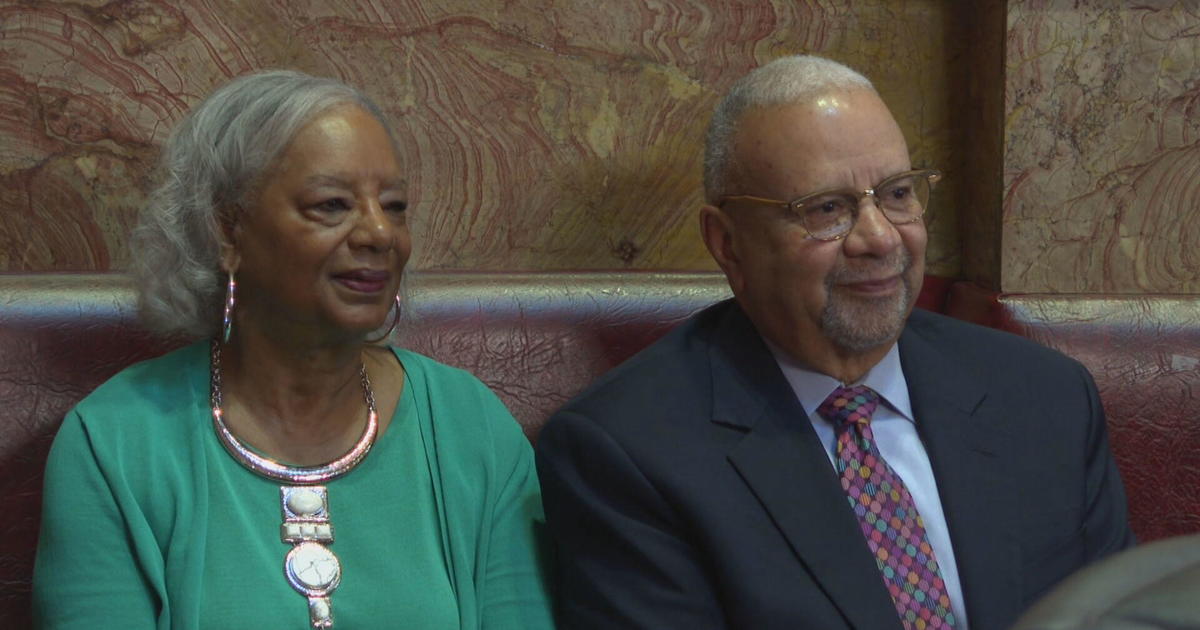1980s Unemployment Tech 'Caused Hardship For Hundreds Of Thousands Of Coloradans' In 2020
DENVER (CBS4) - Internal emails obtained by CBS4 Investigates illuminate one major reason why the Colorado Department of Labor struggled in its pandemic response: technology from the 1980s. This, as tens of thousands of Coloradans are still waiting on their unemployment claims to be paid to them.
"CDLE was stuck with a 1980s unemployment insurance system that could not meet the demand of the 2000s challenges, much less 2020," the department wrote in a letter to lawmakers in September. "Lack of funding directly resulted in an inefficient and unresponsive system that has caused hardship for hundreds of thousands of Coloradans during the 2020 pandemic."
CBS4 spoke with Executive Director Joe Barela about the tech concerns.
"It is technology that was from the last century, as we put more and more strain on the system, it's not too far-fetched to say that our current system is built on chicken wire and duct tape, and we need to modernize, so we have the ability to use some of the advancements in that technology to be more responsive, not only with the claimants side, but the benefits payment side as well," Barela said.
RELATED: 'I Feel My Government Has Completely Failed Me': Thousands Waiting On Unemployment Benefits
According to Barela, just before the pandemic hit, the department was working on the first phase of modernizing the technology. It was supposed to roll out in April, but when the virus took hold, the department delayed those plans.
"We had to divert all of our resources that were bringing up new technology to handling the payment of the claims, but also implementing the CARES Act and all of the programs that were in the CARES Act, so that people could get those benefits when they most needed it," Barela explained.
Barela says now that modernization phase will go live on Jan. 10. In the meantime, the emails show the department did make some enhancements to its system to accommodate for the unprecedented pandemic recession, including the ability to handle a 5000% increase in claims, and pivot the system to pay out benefits prior adjudication, to help speed along the payment process.
The department also upgraded its system to handle new programs created by the CARES Act and other relief mandates. Additionally, the department implemented a virtual agent tool to assist claimants with basic questions.
Still, the outdated tech has caused glitches that have impacted claims in 2020.
Throughout the pandemic, CBS4 Investigates has reported about several people who have struggled to get answers about why their claims haven't been paid out.
RELATED: Still Waiting On Your Unemployment Money?
Internal emails show in August, a system glitch caused claimants to get the wrong error information about their claims.
"Our system sets a payment hold on the account due to incorrect direct deposit information, however on the claimant side it says, 'pending issue: address change,'" one administrator wrote in an email to Barela. "Without calling in, the claimant cannot know this is the case."
Emails show a fix to that tech problem was deployed a few days later.
While the department has since addressed many of its technical problems, still Barela says about 20% of claimants are waiting on their unemployment claims to be paid.
Further, this isn't the first time the U.S. has faced a recession since the 1980s. In 2008, CBS4 Investigates reported about long lines on the phone and out the door for people to get help with their claims.
Asked why the modernization didn't happen after the last recession, Barela said, "we started it, but we actually were part of a state conglomerate that received funds from the federal government to look at modernizations. These things don't happen overnight, so we worked with other states to try to do it, at the end of that, it was decided that there are so many specific state rules and regulations that it's impossible to do a regional system approach, so that was shelved, we pulled out of that, and then started again looking at the need for modernization."
Barela also said the department couldn't get proper funding from the state before 2012 to conduct modernization individually.
As a solution, the department is asking the legislature to give more money annually to its technology fund. Internal emails show the department wrote to the legislature and governor's office in September, making the case for "a steady and continuous funding source for Unemployment Insurance technology enhancements, without the need to cap the lifespan of the fund."
CDLE proposed that the $10 million per year cap be eliminated for two fiscal years, and after that, the cap be moved to $12 million per year.
A decision on that will be made in the next legislative session starting in January.




